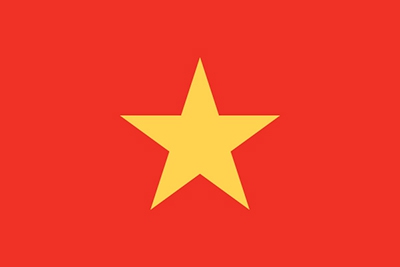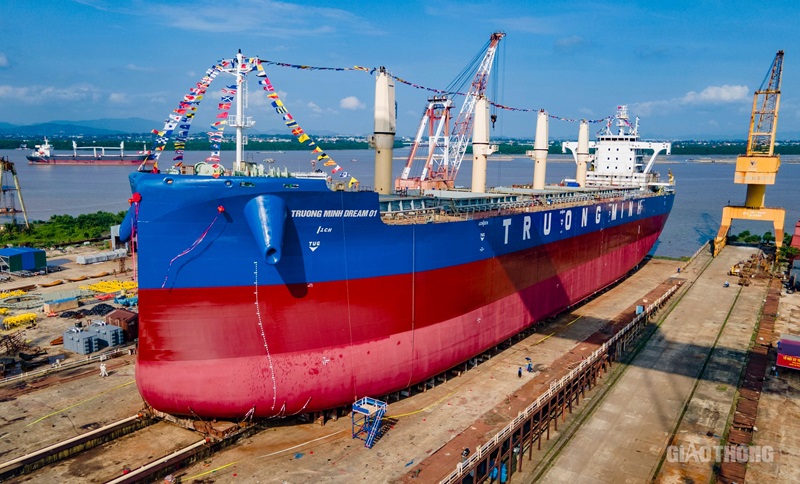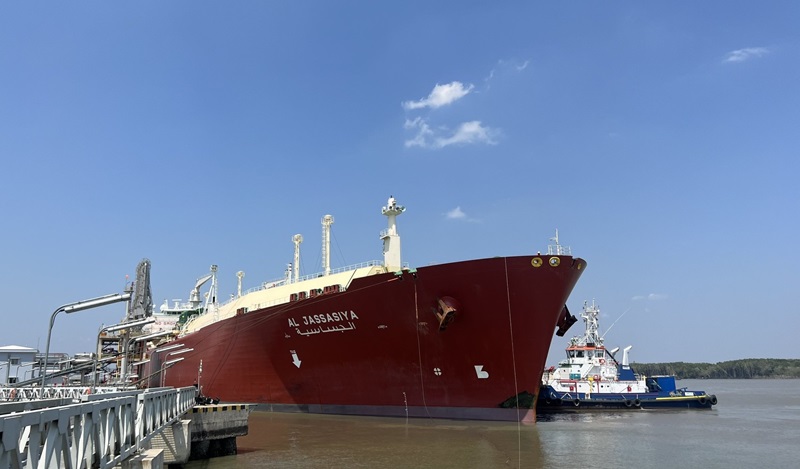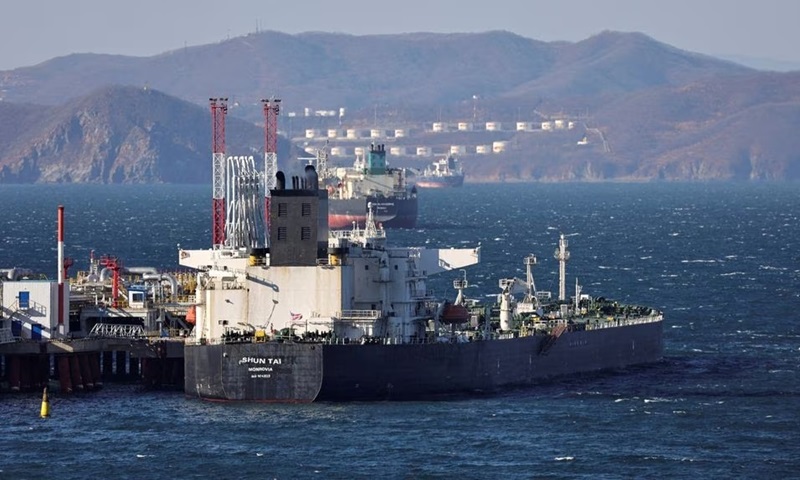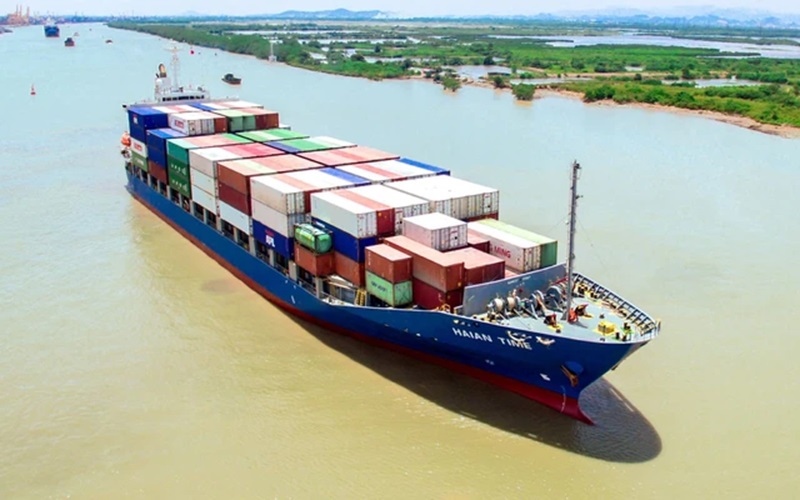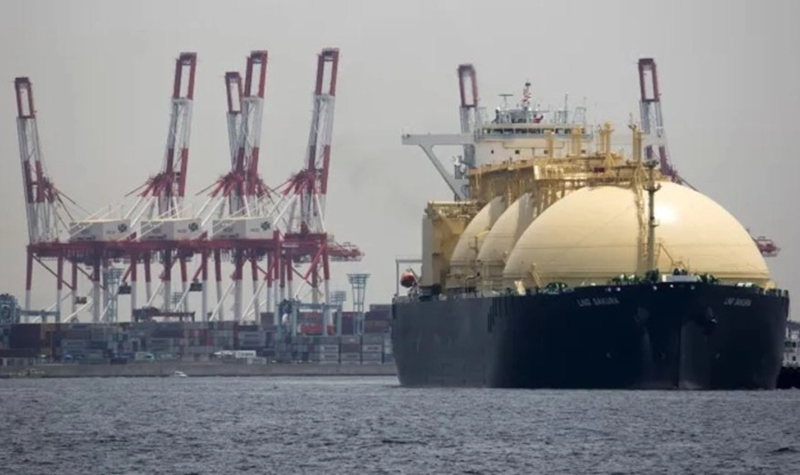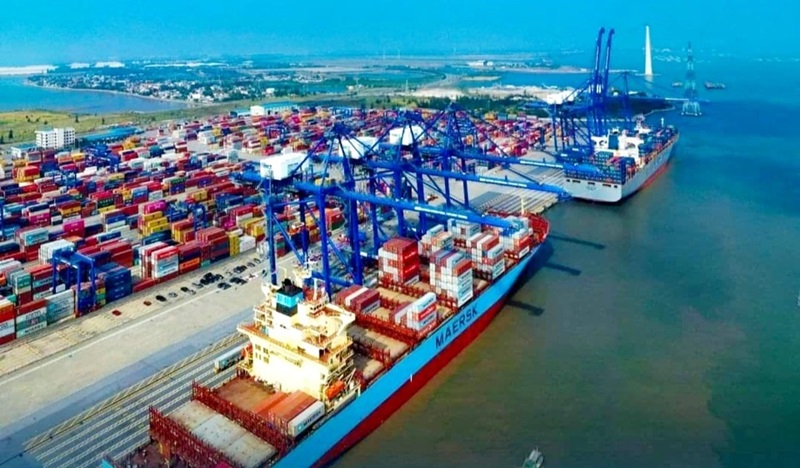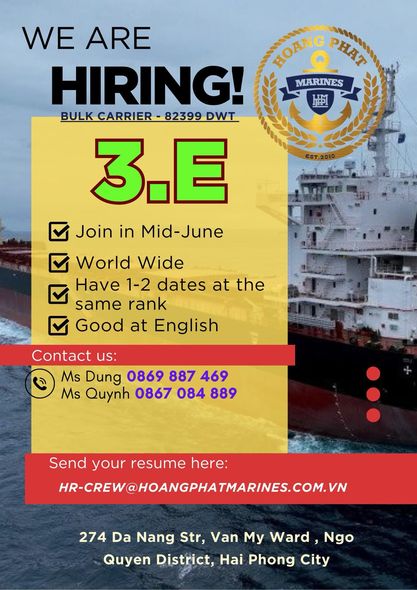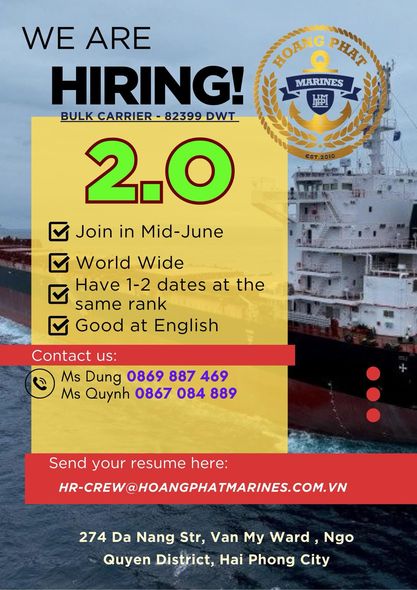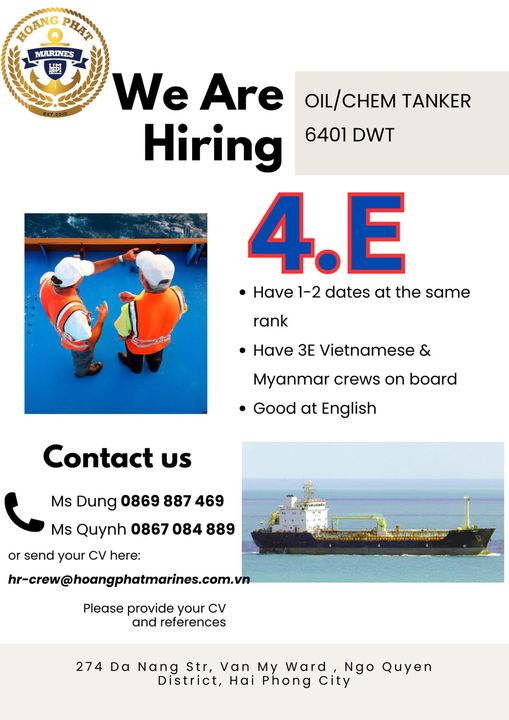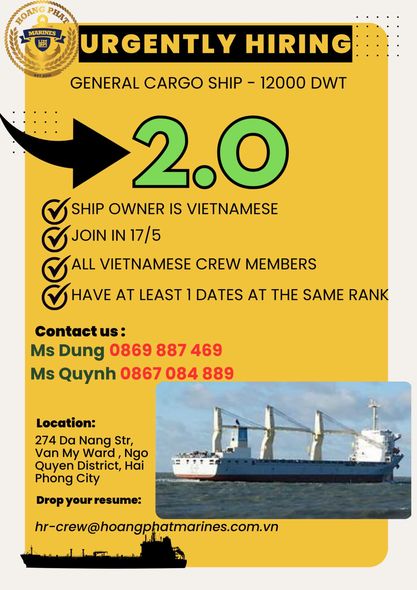
VIETNAM MARINE TRADE : LOGISTIC - Vietnam is in the top 3 of ASEAN in terms of international Container shipping services
According to the World Bank's 2023 report, in ASEAN, Vietnam ranks third in the number of international container shipping service routes (180 service routes), after Singapore (240 service routes) and Malaysia (208 service routes) service.
.png)
Vietnam ranks third in the number of direct, non-transshipment international container shipping connections (34 routes), after Singapore (81 routes) and Malaysia (70 routes).
At the same time, ranked 3rd with Thailand in the number of container shipping line alliances (3 alliances), after Singapore (5 alliances) and Malaysia (4 alliances).
According to World Bank statistics, most maritime economies have fewer than 20 shipping connections and depend on transit networks. Thus, Vietnam is one of four countries in ASEAN (Singapore, Malaysia, Thailand) with economies that have direct container shipping connections and do not depend on transshipment activities.
It should be added that the index of international container shipping service routes (number of direct international container shipping connections, without transshipment) is used to evaluate the efficiency of logistics activities of countries.
High logistics connectivity contributes to improving logistics performance through the following factors: increasing exposure to global operators and practices, with positive spillover effects on domestic service quality, encouraging Logistics operators increase productivity and apply technology due to having to work with more partners; Increasing direct international container shipping connections means more operators and increased competition, not relying on transshipment to access major markets.
According to the Vietnam Maritime Administration, in the context that the world is facing negative impacts from the Covid-19 pandemic, Vietnam continues to grow in the amount of goods through seaports.
Vietnam's seaport system has developed synchronously and modernly in recent years, welcoming the world's largest ships to handle cargo. Currently, Vietnam has 34 seaports and 296 ports. Basically, the seaport system meets the needs of ships entering and leaving the port, with very low waiting time for ships, meeting the needs through import and export goods, and domestic transport goods.
Tin liên quan

